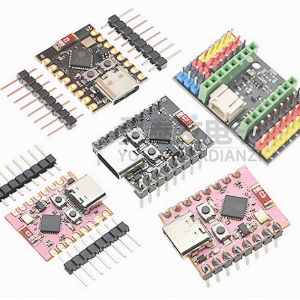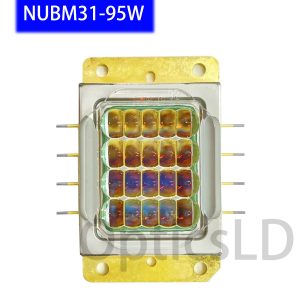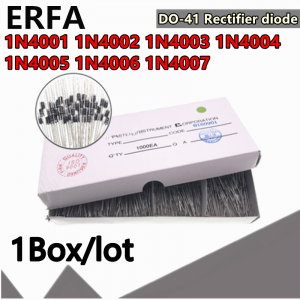Description
igispark Attiny85 micro USB Micro Type-c development board compatible with Raspberry Pi
Graphic details
ATtiny series microcontroller introduction:
The low-power ATtiny 10/20/40 microcontroller (MCU) series is optimized for touch-sensing applications such as buttons, sliders and wheels. These devices include AVR MCUs and their patented low-power picoPower technology, which are ideal for a variety of applications in the cost-sensitive industrial and consumer electronics markets, such as automotive control panels, LCD TVs and monitors, laptops, mobile phones, etc.
ATtiny MCU series introduction
ATtiny’s new microcontrollers integrate Atmel’s AVR microcontrollers and flash memory from 1KB to 4KB with 32KB to 256KB of SRAM.
In addition, these devices support SPI and TWI (with I2C-compatibility) communication, providing maximum flexibility and operating voltages from 1.8V to 5.5V. The picoPower technology used by ATtinyAVR consumes very little power. The system clock frequency is controlled by software to achieve the best balance between system performance and power consumption, and it has also been widely used.
Data link: https://pan.baidu.com/s/11Fmzm6KT-mubj-xgrlmDig
Extraction code: tx2v
The new version uses the current mainstream USB interface TYPE-C
Digispark USB development board
Digispark is a microcontroller development board based on Attiny85, similar to the Arduino series, just cheaper, smaller, and less powerful. Digispark has a large number of shields to expand its functionality, and the ability to use the familiar Arduino IDE is a great way to get into electronics, or perfect when Arduino is too big or too much.
Specific specs are as follows:
Supports Arduino IDE 1.0+ (OSX/Win/Linux)
USB or external power – 5v or 7-35v (12v or lower recommended, automatically selected)
Onboard 500ma 5V regulator
Built-in USB
6 I/O pins (2 only for USB if your program actively communicates over USB, otherwise you can use all 6 even if you are programming over USB)
8k flash (about 6k after bootloader)
I2C and SPI (vs. USI)
3-pin PWM (more likely with software PWM)
4-pin ADC
Power LED and test/status LED














Reviews
There are no reviews yet.